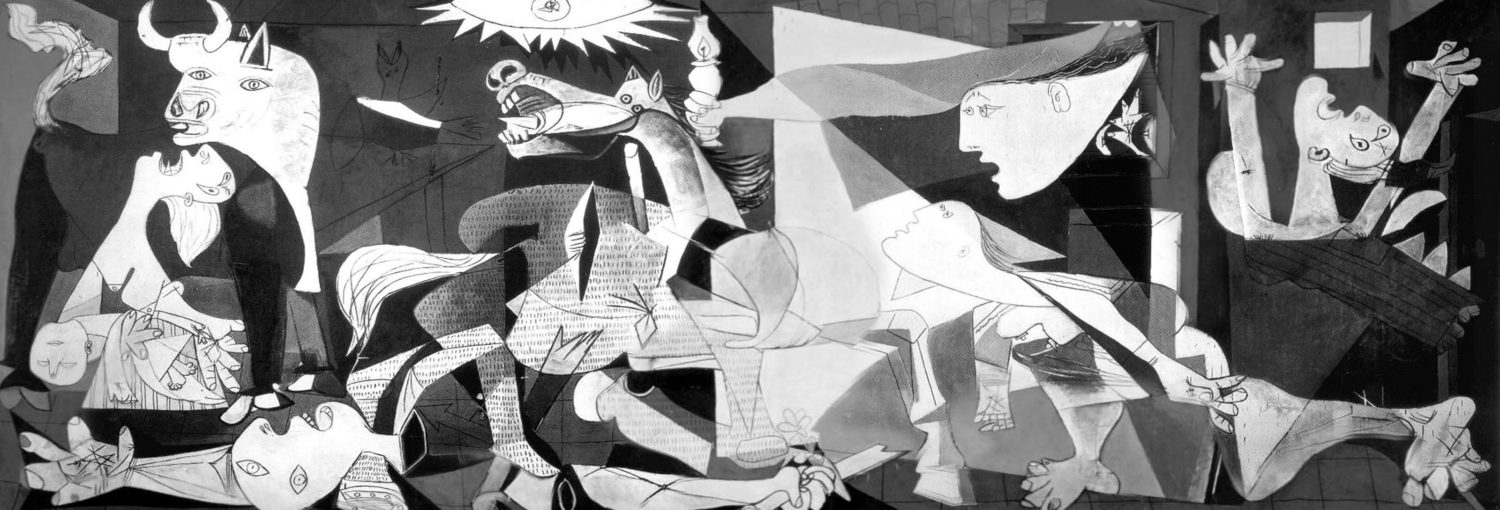
Thomas Holloway was a fabulously wealthy Victorian entrepreneur who became one of the richest men in Britain from his patent medicine business. Having no offsprings to leave his money to he became a prolific philanthropist. One of his projects was to create a ladies college (now Royal Holloway College of the University of London). For guidance he visited Vassar College in America and was inspired to see their great art collection. On returning to the UK he emulated this for his college. His acquisition tactic was simple, between 1881 and 1883 he went to the auctions and he bought only the most very expensive paintings, 77 of them.
You can see these pictures if you want to. First you have to get there, it is between Windsor and Heathrow, open ONLY during the college’s Autumn and Spring terms, ONLY on Wednesdays, ONLY between 10.00 and 15.00. So very difficult for students, scholars, academics and the general public to access this amazing art. Compare that with the National Gallery, in central London, open 10.00 to 18.00, 361 days a year.
The Holloway collection is no longer complete. They sold J M W Turner’s “Van Tromp going about to please his Masters, Ships at Sea, getting a good wetting” from c.1844, which you can now see in the J. Paul Getty Museum in Los Angeles. They also sold a Constable and a Gainsborough. But still the remaining 74 pictures comprise one of the best existing collections of British Victorian art. World class. William Powell Frith’s “The Railway Station” (1862), Sir Edwin Landseer’s “Man Proposes, God Disposes” (1864), Edwin Long’s “Babylonian Marriage Market” (1875), Sir John Everett Millais’ “The Princes in the Tower” (1878), Sir Luke Fildes’ “Applicants for Admission to a Casual Ward” (1874), John Brett’s “Carthillon Cliffs” (1878).
Due to fashion reasons the National Gallery is unrepresentatively light on British Victorian art. So their 6 million visitors a year miss out on this amazing period of our art. This is not the sort of mistake the Louvre makes. You can see what needs doing here. And replicas of the paintings can easily be made to keep the collage decorated. This would then be far closer to what Thomas Holloway intended his philanthropy to achieve.
